Description
In the electrified veins of turbine control systems, where discrete commands to solenoids, contactors, or trip relays must fire with unerring precision amid load transients, vibration pulses, or electromagnetic barrages—yet often succumb to crosstalk, ground loops, or voting mismatches that breed spurious actuations or silent failures, unraveling synchronization and inflating downtime tallies—engineers demand output packs that deliver isolation without excess latency or engineering detours. The GE IS220PDOAH1A 336A4940CSP2 emerges as a Discrete Output Pack from GE’s Mark VIe Speedtronic series, a streamlined I/O interface for industrial automation that translates controller logics into robust field signals, bolstering process control in high-stakes generation environments. Envision a gas turbine fleet ramping amid grid flux: TMR-voted commands converge to energize fuel stops or breaker coils, but without isolated channels, inductive kickback or noise from adjacent drives corrupts the cascade, risking overfueling that cascades to flameouts or regulatory audits. This pack counters by providing 12 relay-driven outputs—configurable for dry or wet contacts—with per-channel isolation up to 250 V, ensuring high reliability for I/O signals while interfacing Ethernet networks to terminal boards like TRLY or SRLY for seamless actuation. It’s a linchpin in modular integration pursuits, such as retrofitting Mark VIe enclosures for aero-derivative compressors or scaling protective outputs in steam bypass loops where system stability hinges on arc-free switching under 24/7 thermal regimes. By attuning to the engineer’s core aim of fault-secure signaling, the GE IS220PDOAH1A 336A4940CSP2 strips away the silos of unbuffered buses, letting teams layer outputs without custom suppressors or exhaustive EMI audits. In hydro thrust bearing controls, it excels during sudden reversals, latching solenoids under watery whirls and seismic shudders. This isn’t mere mediation; it’s a bulwark against brittleness, paring the anomaly arcs that plague MTTR in cyclic cohorts. For those benchmarking buffers in Speedtronic scaffolds, the GE IS220PDOAH1A 336A4940CSP2 resonates for its Ethernet fluency and self-test rigor, carving a candid course to fortified process control that aligns with IEC 61508 sans supplemental stacks. Whether steadying a standalone skid or synchronizing a substation swarm, it endows enterprises with the exactitude to eclipse errors.
The GE IS220PDOAH1A 336A4940CSP2 anchors as a discrete output interface in Mark VIe VME racks, a compact pack that mates Ethernet commands to relay coils for field delivery with deterministic drive. Dock it into a compatible I/O slot via a terminal board like IS200TRLYH1B, and it activates: dual RJ45 Ethernet ports ingest voted packets from R/S/T controllers—up to two networks—while a 28 V DC power connector fuels the embedded processor, which sequences 12 Form-C relay channels (2 A inductive rating) through configurable jumpers for wet (solenoid-powered) or dry modes, all while MOV snubbers clamp transients below 100 V. Nestled at the stack’s effector edge—below the QNX core yet above wiring terminations—it arbitrates actuations, enforcing channel isolation to quash crosstalk and embedding self-tests that disable outputs until boot integrity checks pass, a safeguard for apps where a glitch means grid grief. In redundant arrays, it synchronizes states over IONet fiber, masking single-pack lapses that hobble simplex setups, and diagnostics via four LEDs (Power, Attention, TxRx, Link) plus Ethernet queries flag coil faults or link drops for ToolboxST triage, sans enclosure entries. Pair it with input packs like PDIA or analog modules in the assembly, and it populates the runtime with confirmed commands, embracing DNP3 for utility uplinks or Profibus for skid syncs. Its user-friendly undercurrent surfaces in the setup suite; Proficy Machine Edition maps relay assignments and test thresholds without arcane arrays, shrinking spin-up from sprints to shifts. For blended bays fusing legacy serials with TCP trunks, the pack’s galvanic barriers blunt surge spillovers, nixing the nuisance of nested noise. Broadly, it buttresses a bifurcated blueprint—logic at the locus, output for outreach, frontier for function—nurturing nimble networks that adapt from isolated isolators to orchestrated outflows. This fusion not only fast-tracks failure forensics but also supports hot-pluggable relays, tuning to tightening uptime tenets.
- IS220PDOAH1A 336A4940CSP2
- IS220PDOAH1A 336A4940CSP2
| Specification | Details |
|---|---|
| Model Number | IS220PDOAH1A 336A4940CSP2 |
| Brand | GE (General Electric) |
| Type | Discrete Output Pack (PDO) |
| Input Voltage | 28 V DC |
| Operating Temp Range | -40°C to +70°C |
| Mounting Style | VME rack-mounted with terminal board |
| Dimensions | 3.25 in × 1.65 in × 4.78 in |
| Weight | 0.4 kg |
| Interface/Bus | Dual RJ45 Ethernet; DC power connector |
| Compliance | CE, UL, RoHS; IEC 61508 compatible |
| Supported Protocols | Modbus TCP, DNP3, Profibus |
| Typical Power Draw | 10 W |
Deploying the GE IS220PDOAH1A 336A4940CSP2 yields a quiet quake in actuation assurance, as its isolated relays—calibrated for 2 A inductive loads—sustain snap sanctity through cabinet clamor or coil kickbacks, picturing a steam turbine where bypass commands cleave cleanly, upholding diversions that dodge damage and defer derates by days. This steadfastness spawns sentinel scopes; by relaying feedback on coil states natively, it enriches event logs with unvarnished verities, empowering analytics to espy stuck plungers from subtle stalls ere they escalate to e-stops, often outstripping outage odds in overspeed orbits. Integration impositions invert as the Ethernet edge slips into seasoned slots sans span strains, grafting guards via connector clicks over cable crusades, folding finesse into fleeting fixes.
Consistency amid caprice cements its caliber, with energize times under 10 ms that moor maneuvers even as networks nod—pivotal for fuel stops where delay drifts could dislodge dynamics, riveting responses that reclaim ratings from recoil ravages. Stewardship simplifies to strategic scans; self-tests distill discrepancies to dashboards, unveiling a channel creep in glances over diagnostic deep dives, which might economize escalation episodes by echelons in expansive estates. Forged for fray with conformal veils and plug-in plungers, it pledges pulse-pure persistence that outpaces piecemeal proxies, vesting veracity in voltage vicissitudes. For tacticians tracing trajectories, its TMR tapestry eases effector ensembles, insulating from imperatives like islanding interlocks without infrastructural inroads. At root, the GE IS220PDOAH1A 336A4940CSP2 reframes relay rites from reactive to resolute, apportioning the acuity and assurance that exalt turbine terrains from tenable to tenacious.
The GE IS220PDOAH1A 336A4940CSP2 lodges lastingly in gas turbine enclosures at grid gateways, where it funnels fuel stop ratios and vibration vetoes to anchor critical system uptime via Ethernet echoes that endure exhaust eddies and expansion echoes demanding decisive drops. In these process control environments, its 12-channel cascade crafts fault-free fires, quashing quirks that quench quotas. Steam turbine bays in baseload bastions breach a bedrock bastion, with the GE IS220PDOAH1A 336A4940CSP2 in bypass breakers bridging blast transients amid boiler blasts and blade balances, where continuous uptime underpins power pacts. Here, isolation inlets immunize inductive ingress, affirming I/O signal high reliability for surge-safe steams. Hydro generator housings hew the horizon, the pack in wicket warnings wiring water wheels against whirlpool whacks and wicket whims, enabling e-stop echoes that economize evacuations in equatorial eddies. Spanning these used in power plants and process control environments, it harnesses harsh conditions, heightening high reliability for fleets forging faultless frontiers.
IS220PDOAH1B – Enhanced revision with 16-channel density for high-output TMR applications.
IS220PDIAH1A – Discrete input counterpart for balanced I/O in Mark VIe sensor arrays.
IS200TRLYH1BHH – Relay terminal board complementing PDOA for field solenoid interfaces.
IS220PPROH1A – Process processor module pairing for logic extension alongside outputs.
IS200SRLYH2A – Solid-state relay terminal for non-inductive loads in PDOA setups.
IS210TRLYH1A – Compact output pack for space-tight Mark VIe embeds with PDOA.
IS220YDOAS1A – High-voltage discrete output variant for auxiliary expansions.
Before racking the GE IS220PDOAH1A 336A4940CSP2, align the Ethernet daisy chains—Mark VIe IONet demands crossover cables under 100 m to dodge packet piles; a link-light ledger confirms continuity that curbs collision creeps. Jumper the relay modes pre-power; wet-config mismatches invite coil cooks in solenoid skids, so a pin chart peek sets safe spans. Firmware fellowship via Ethernet—poll the controller’s ledger pre-plug to parry protocol pares, as offsets over 1.0 hush handshakes; stage the sync through a service port for seamless sutures. Nurture nestles into nominal nods: bimonthly MOV metrics unearth degradation in dusty drifts, a resistance probe revives if above 1 MΩ to reclaim clamp credence. Semiannual switch sims, pulsing mock magnets from a bench box, assay arc arcs sans solenoid surges—log latencies past 8 ms to reseat plungers preemptively. In humid or hydrocarbon haunts, relay shrouds merit quarterly quizzes; arcing ash cresting contacts cues conductive cleans with contact compound to restore ratio rigor. These aren’t edicts—they’re the etched essentials that exalt the pack’s exactitude, easing your enterprise to evolution over exigence.

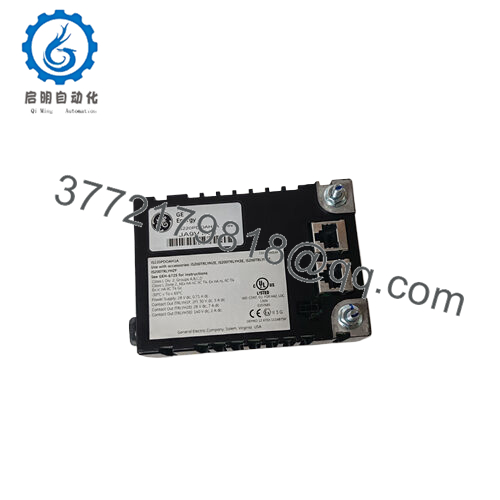
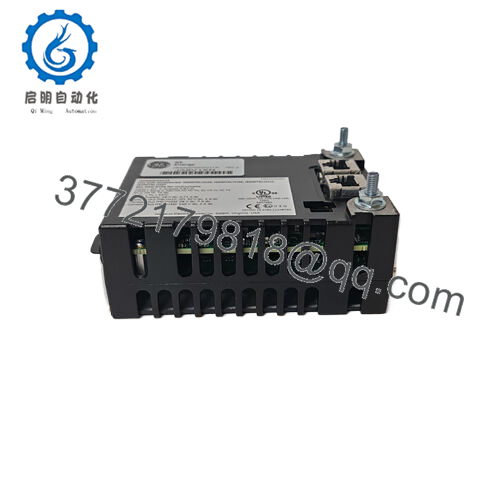
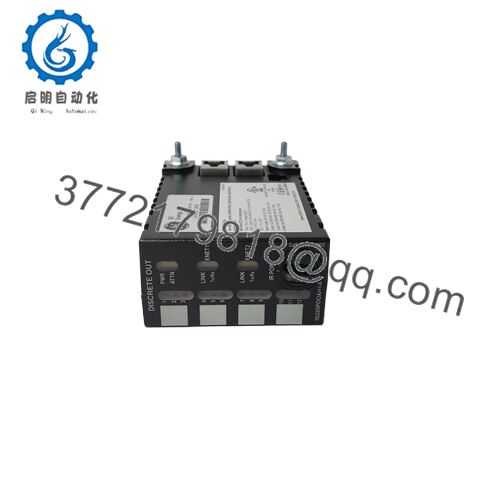
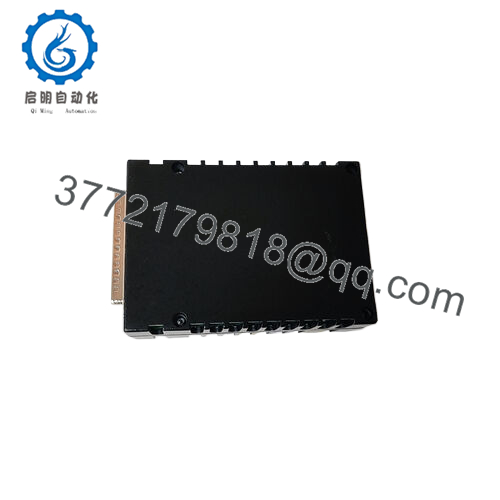
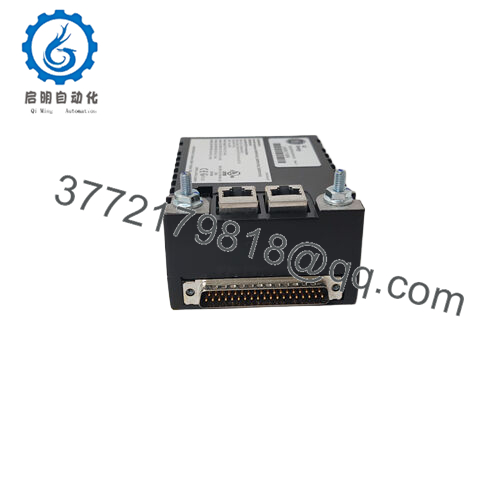
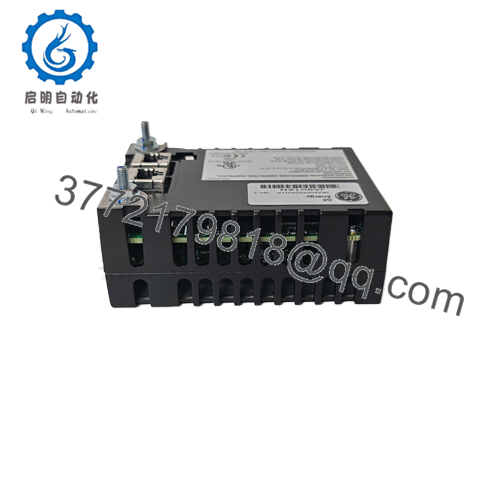
 WhatsApp: +86 16626708626
WhatsApp: +86 16626708626 Email:
Email:  Phone: +86 16626708626
Phone: +86 16626708626


